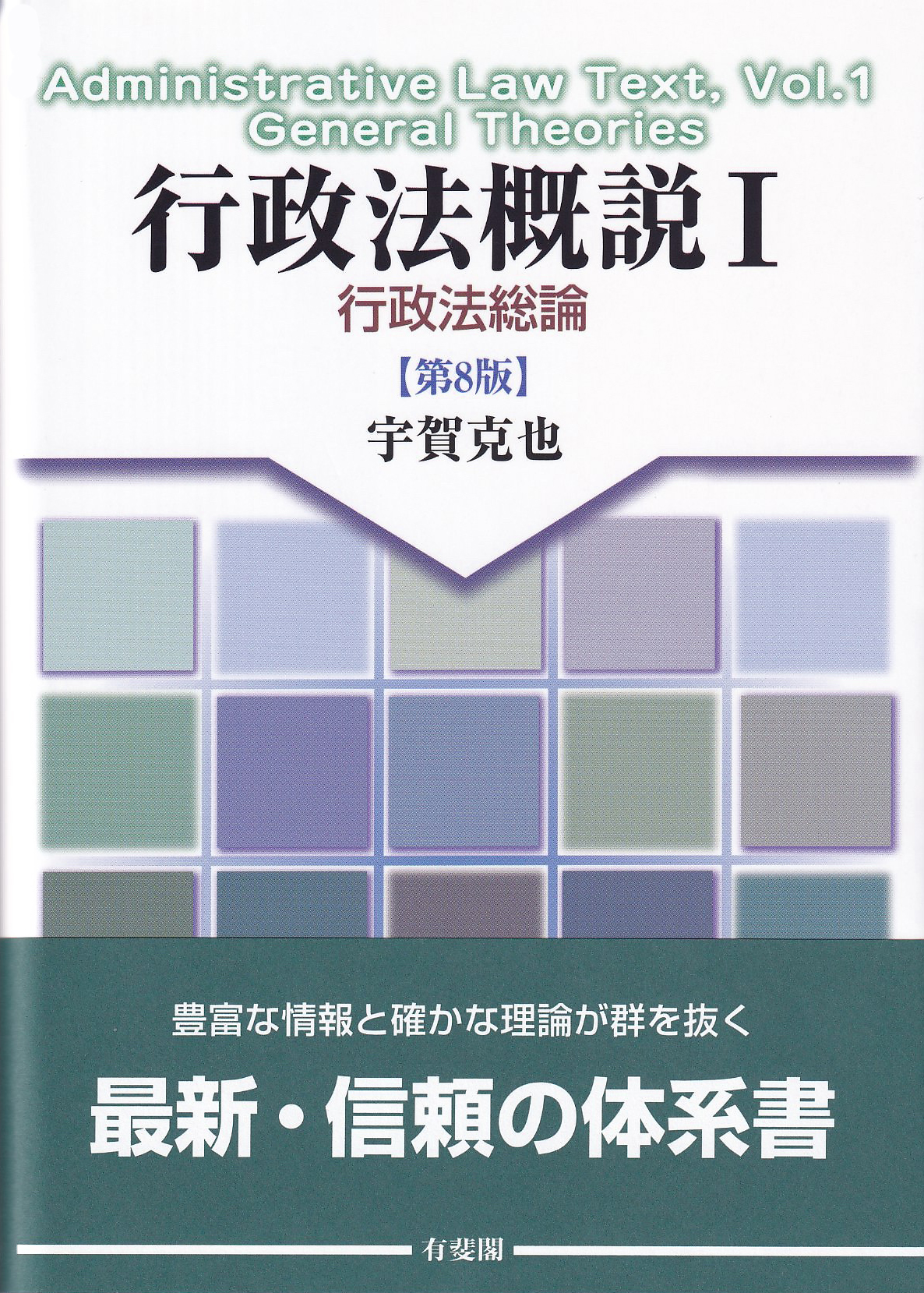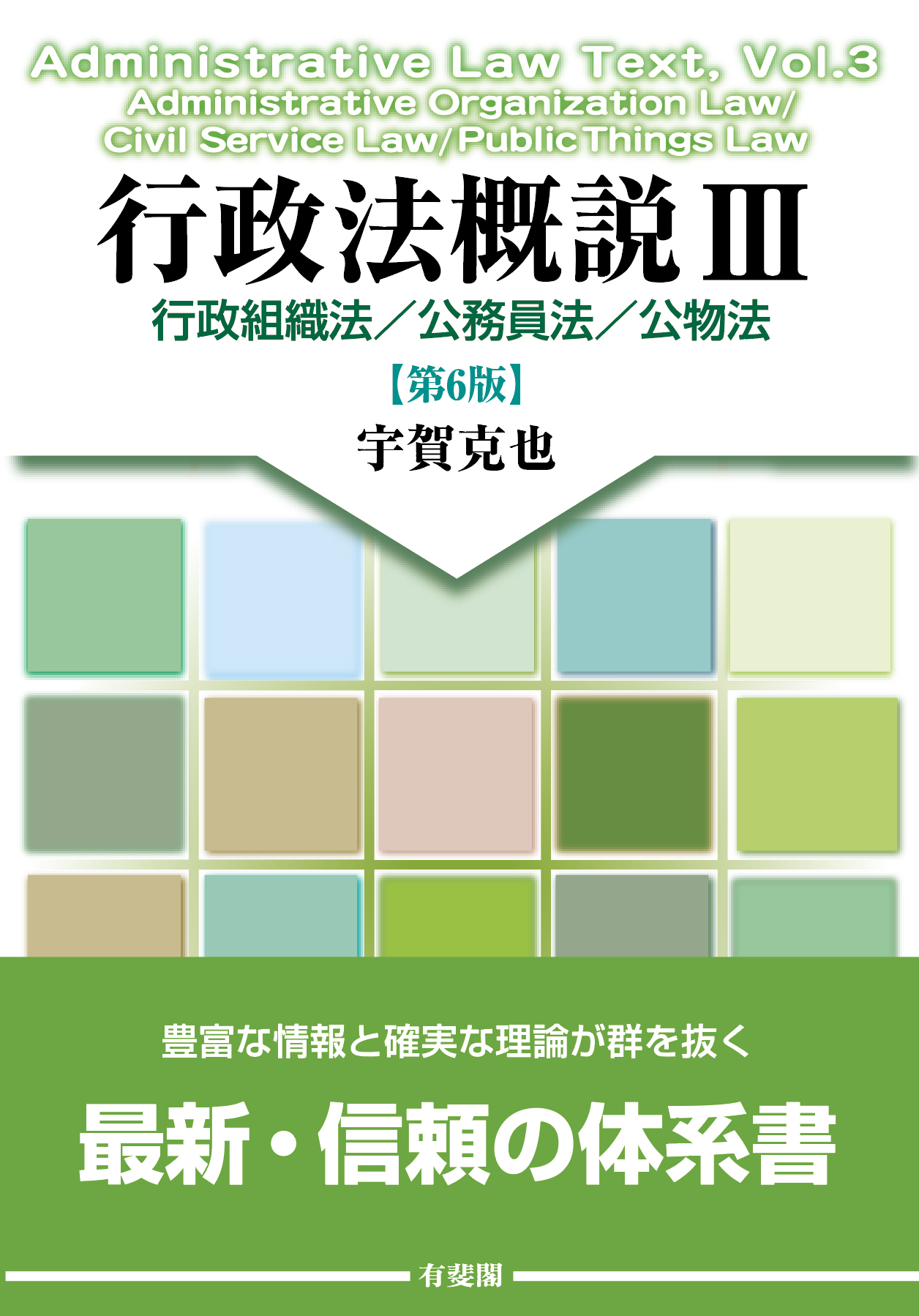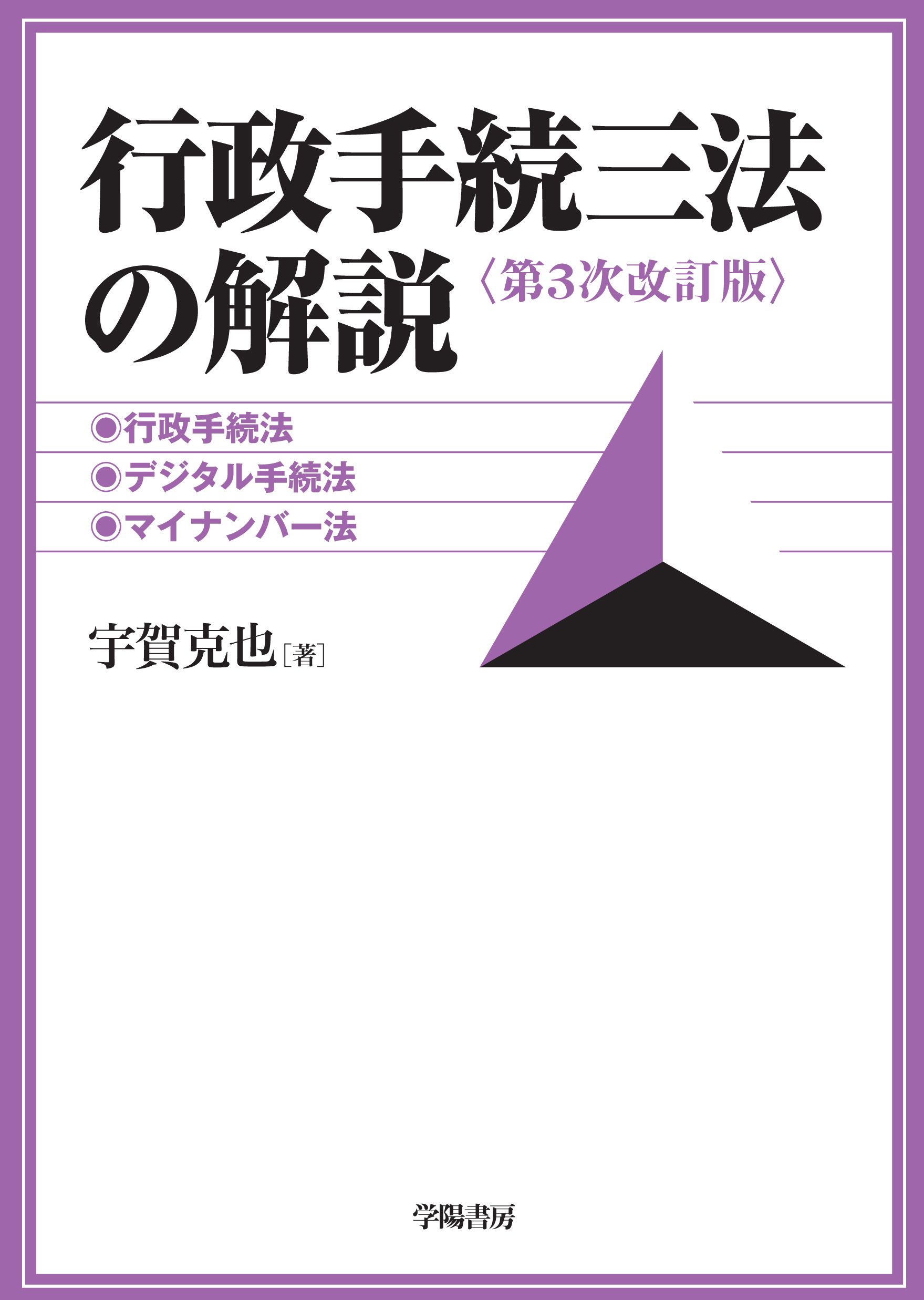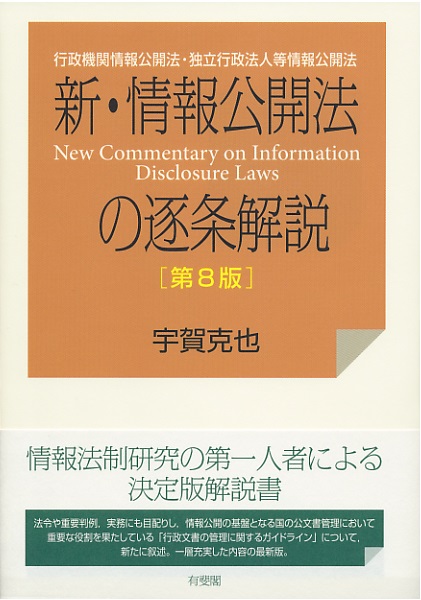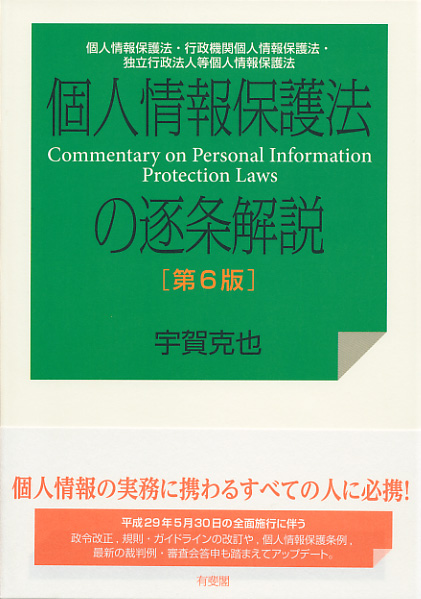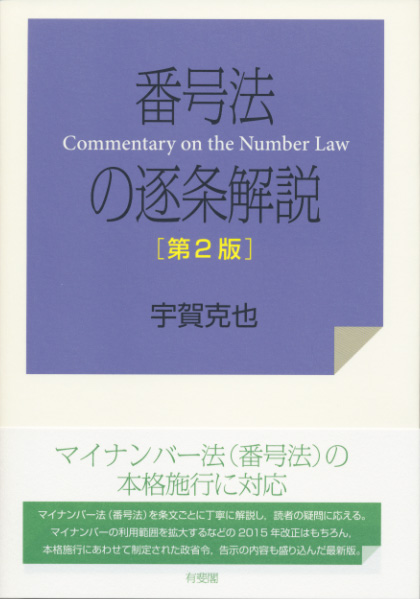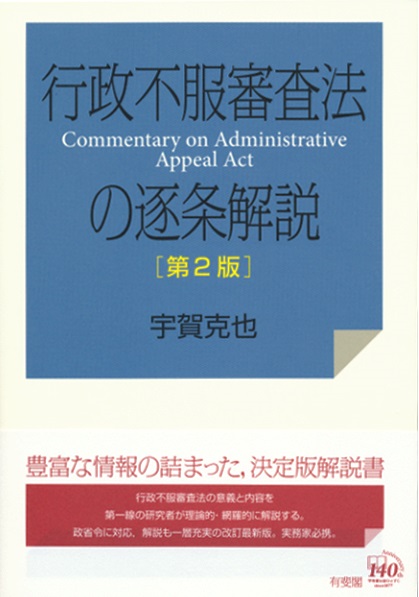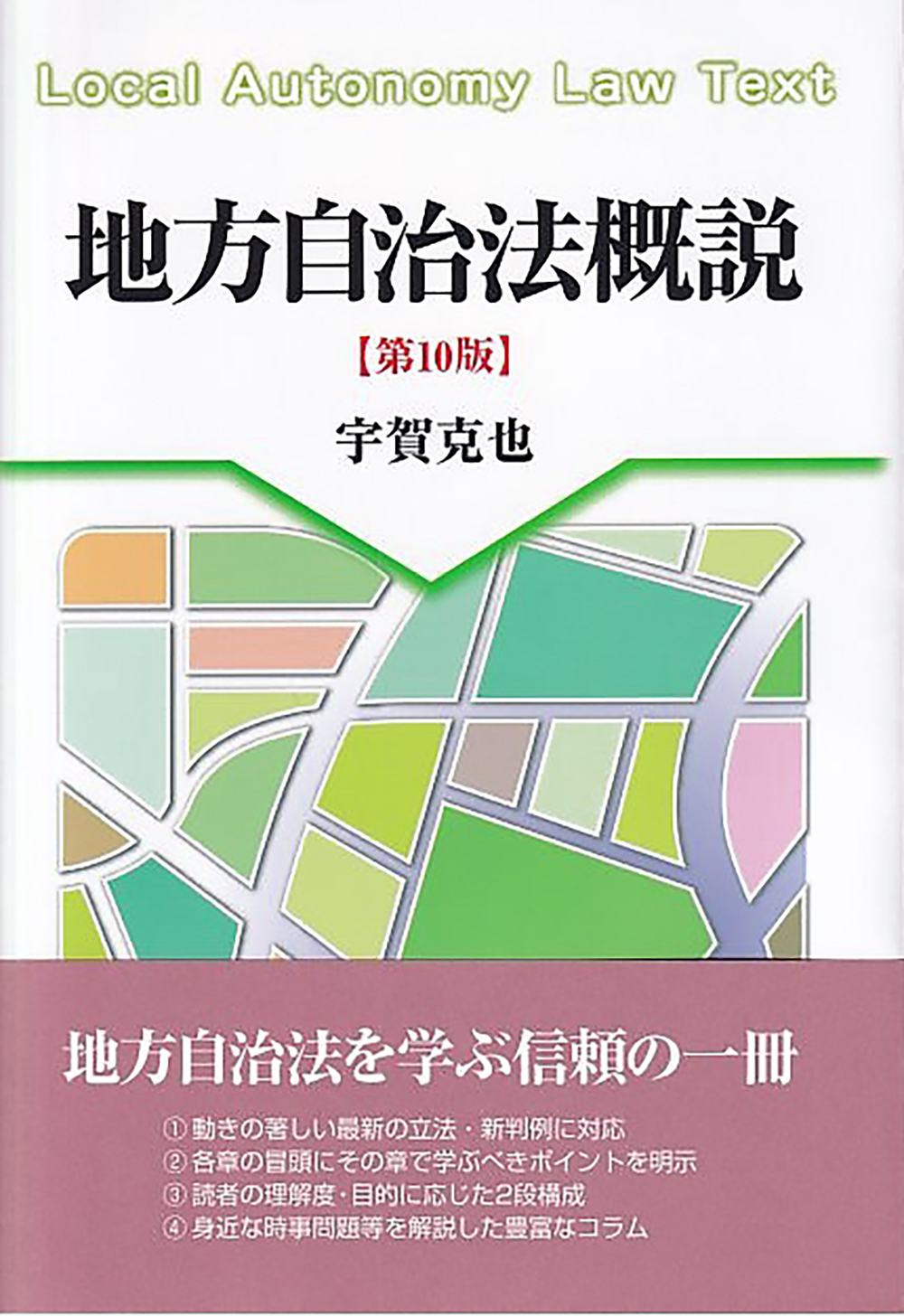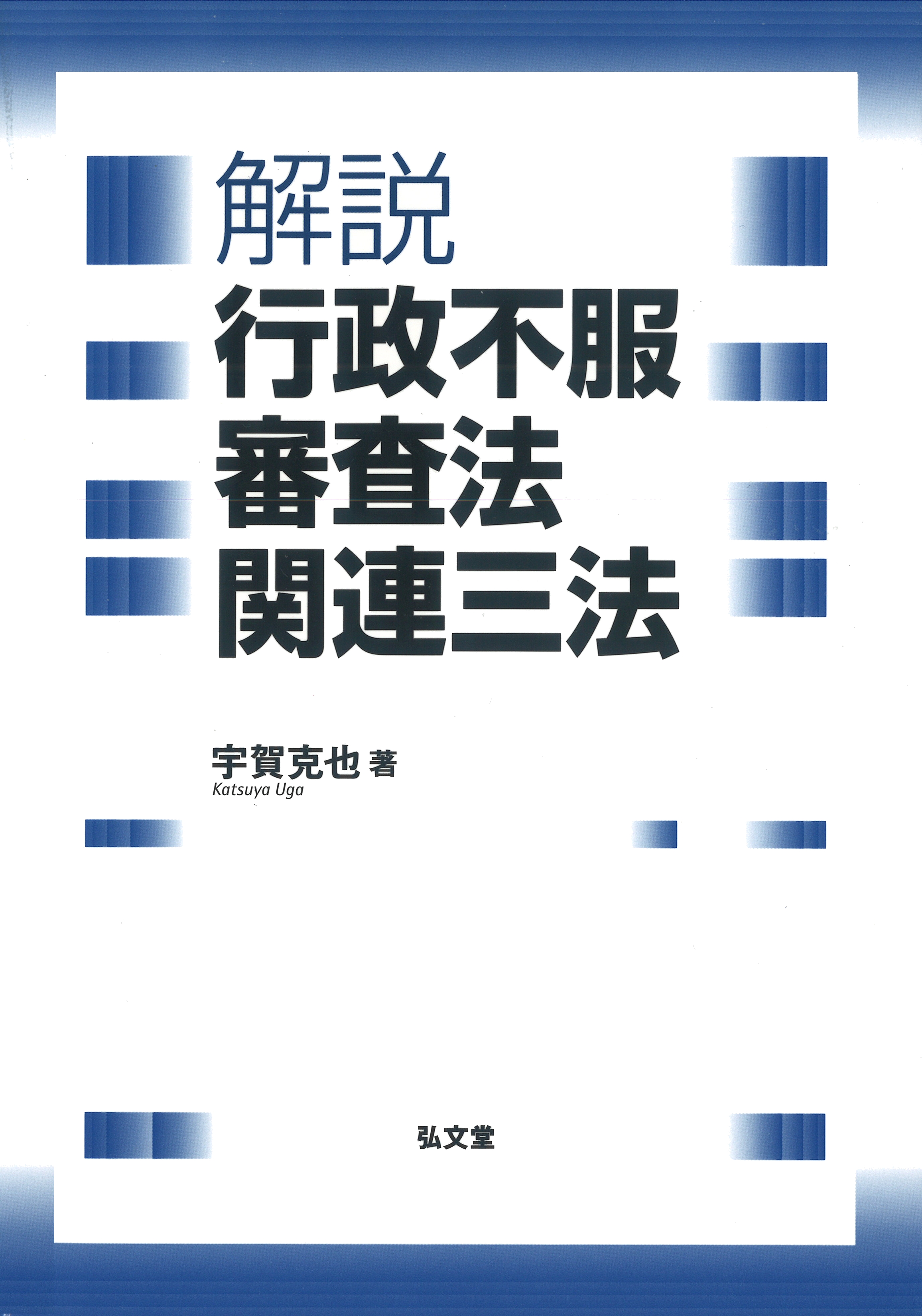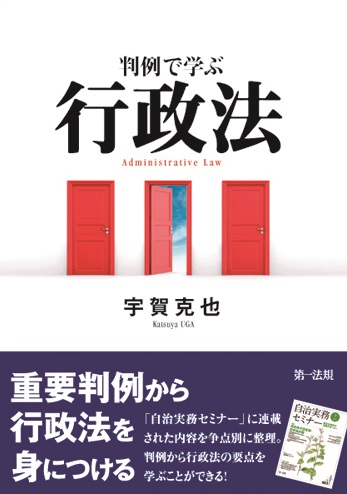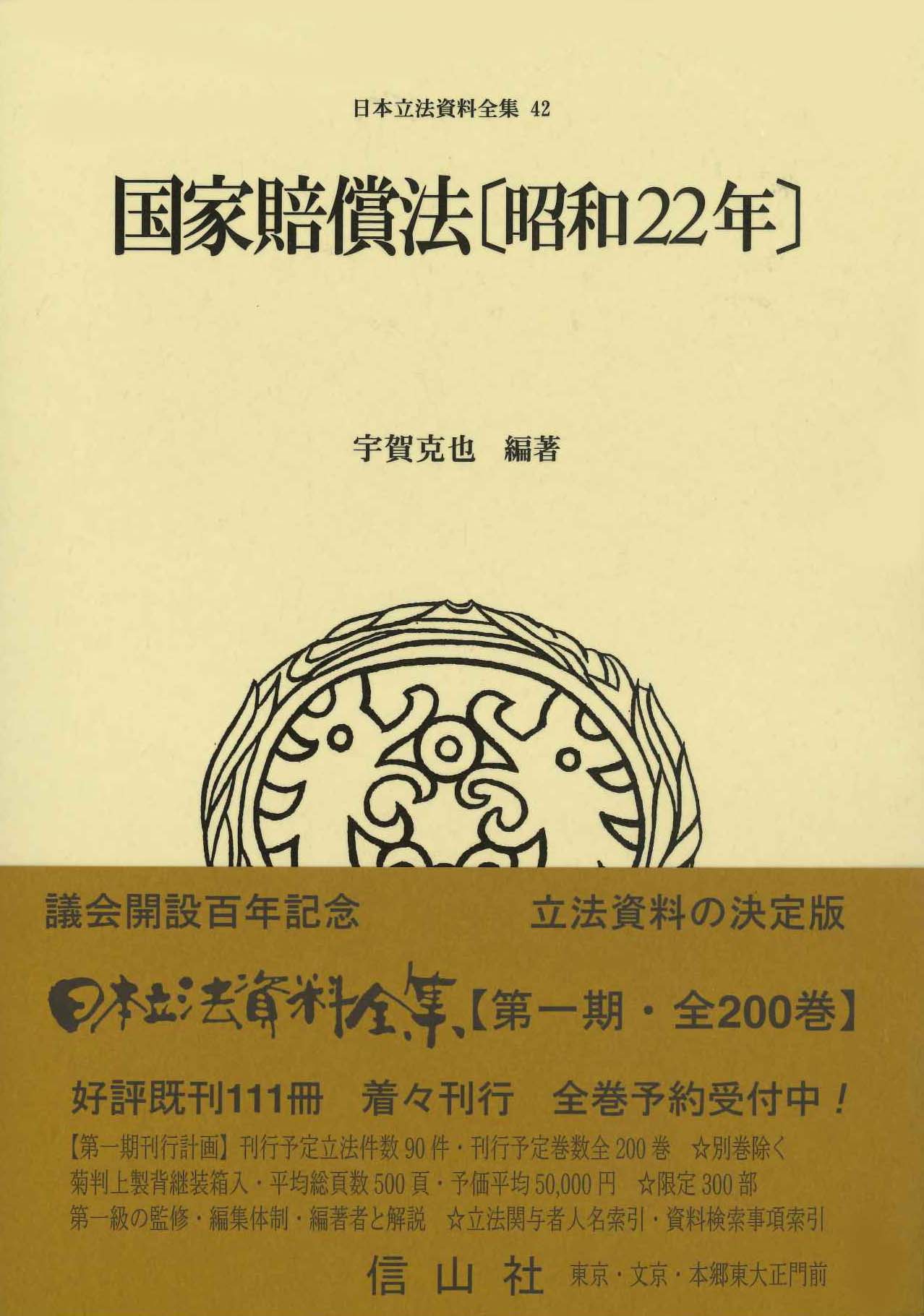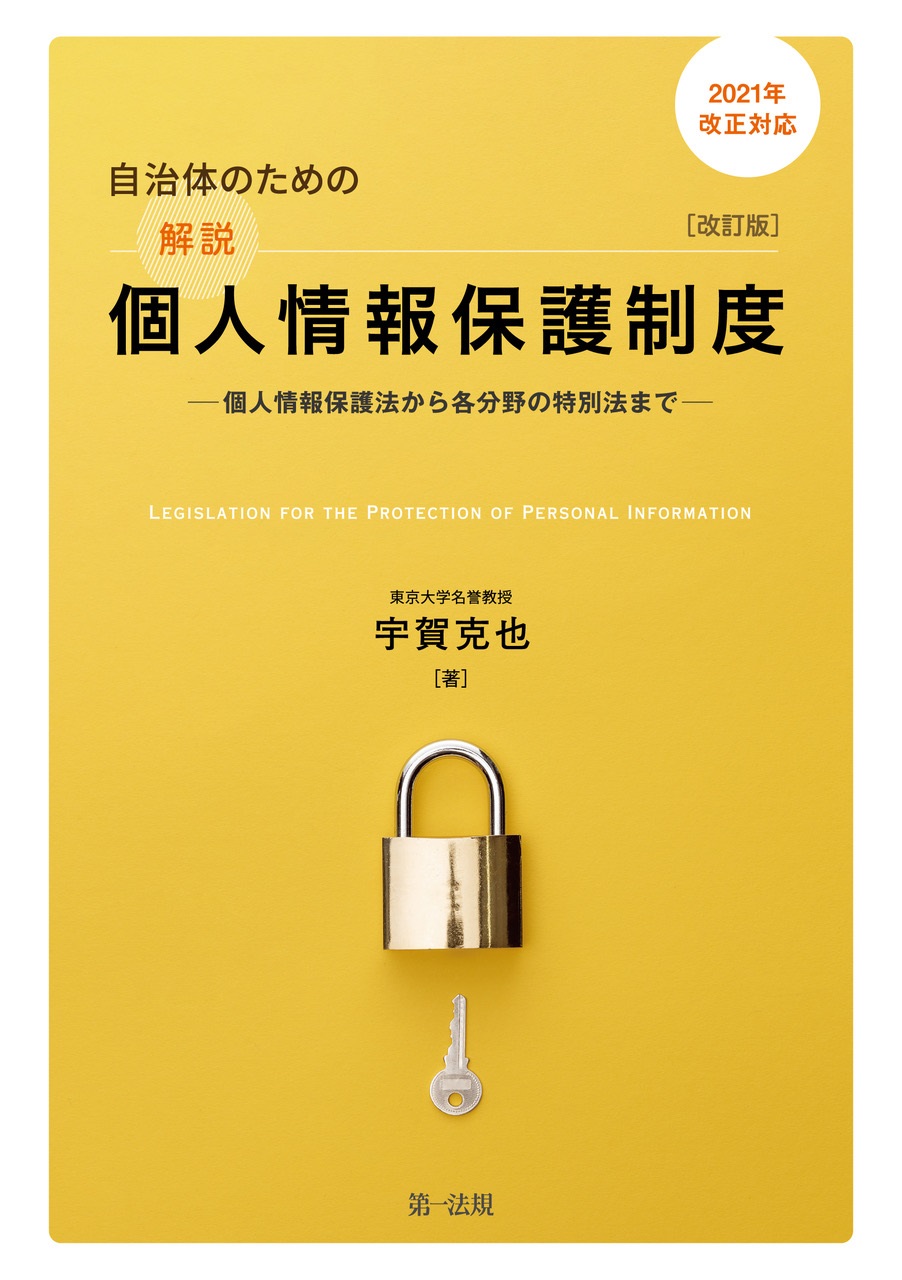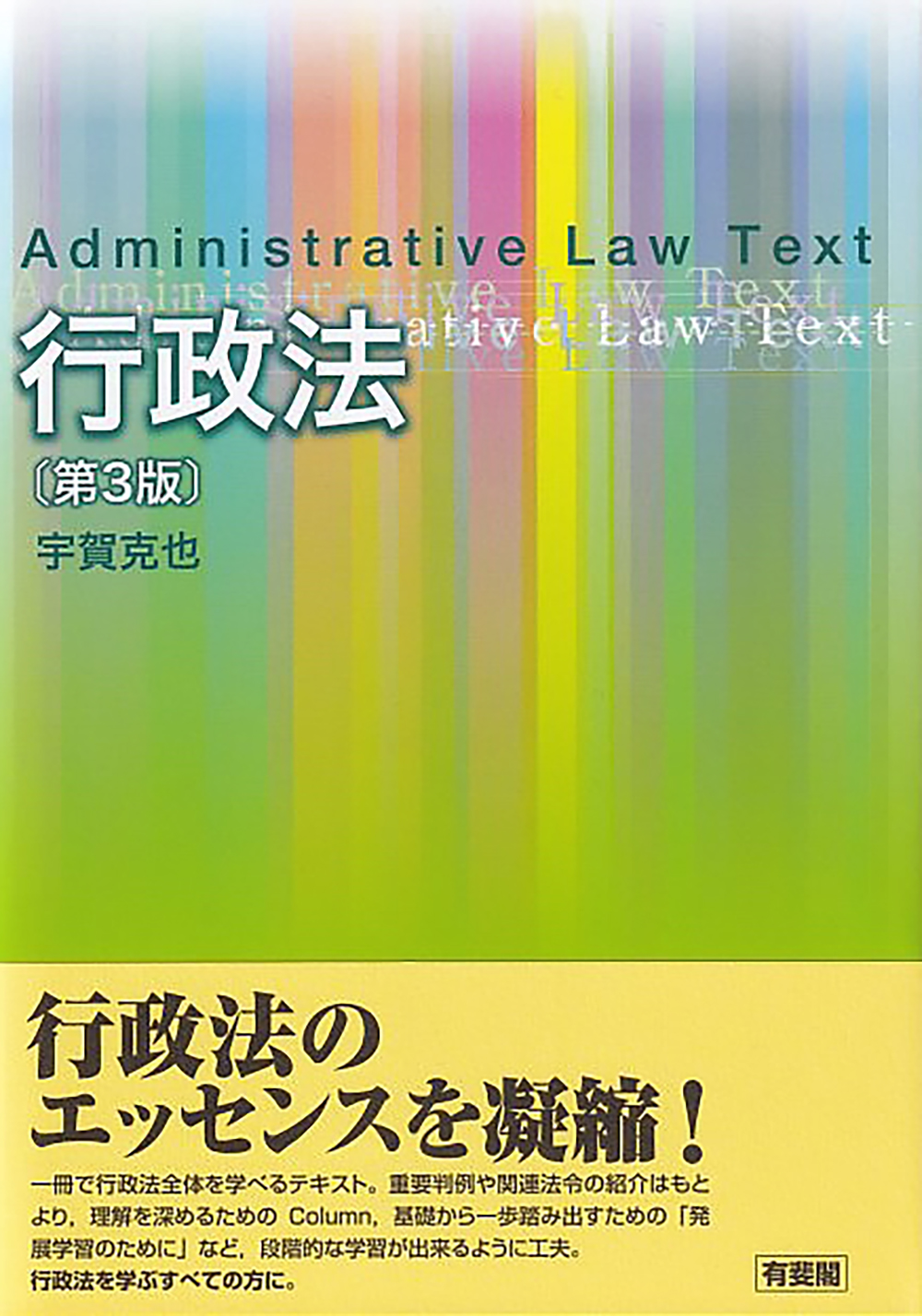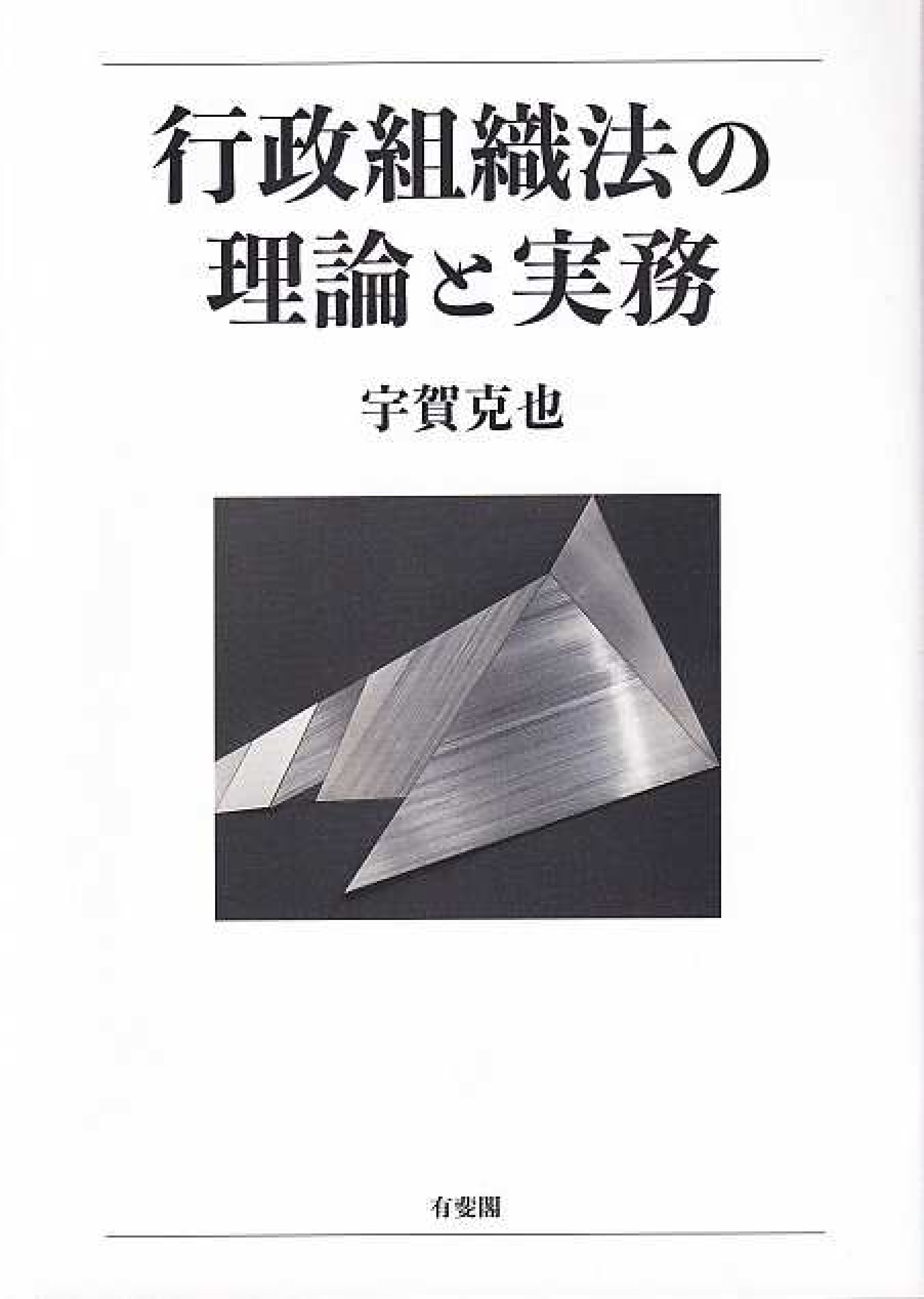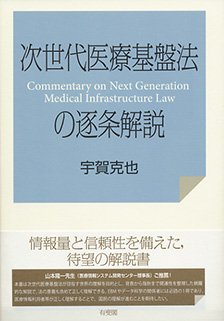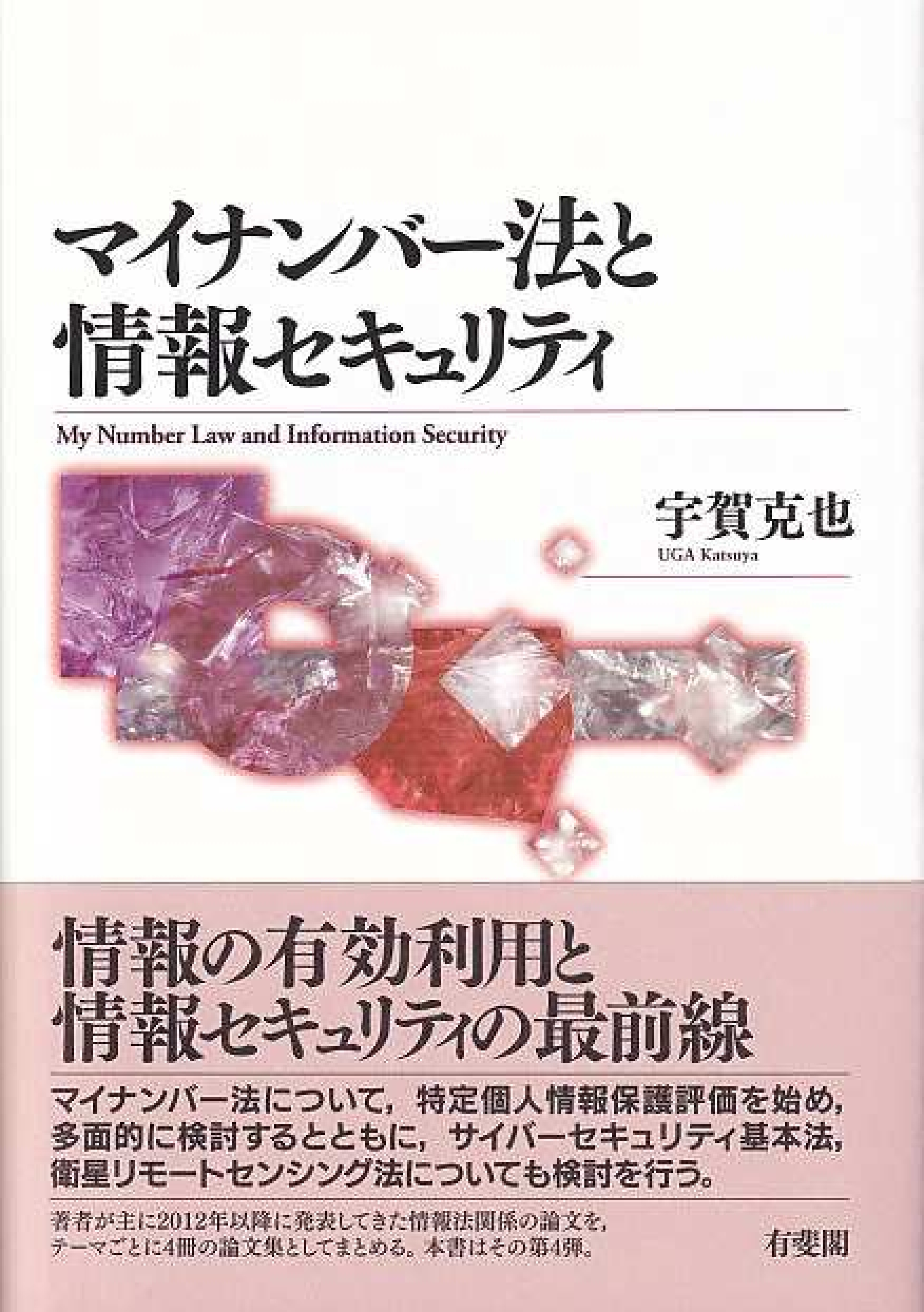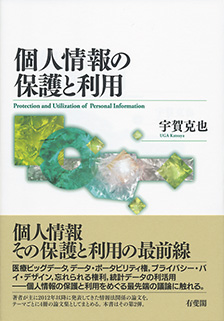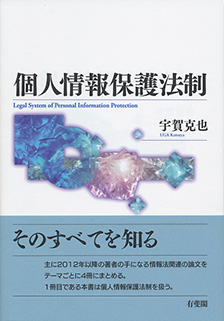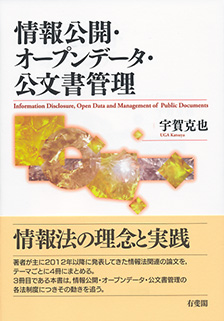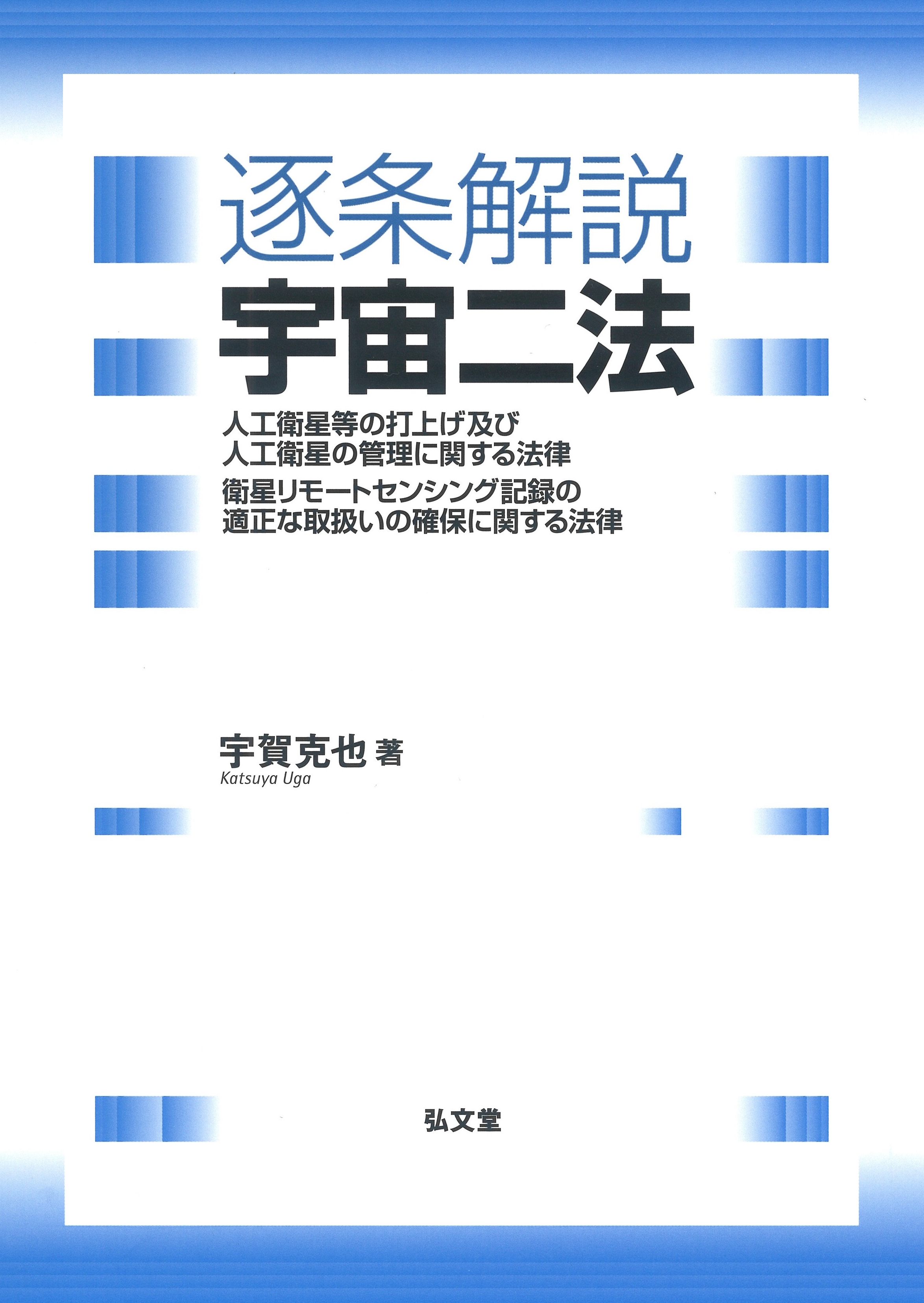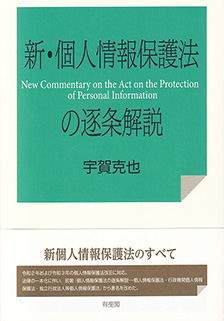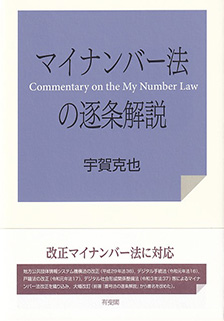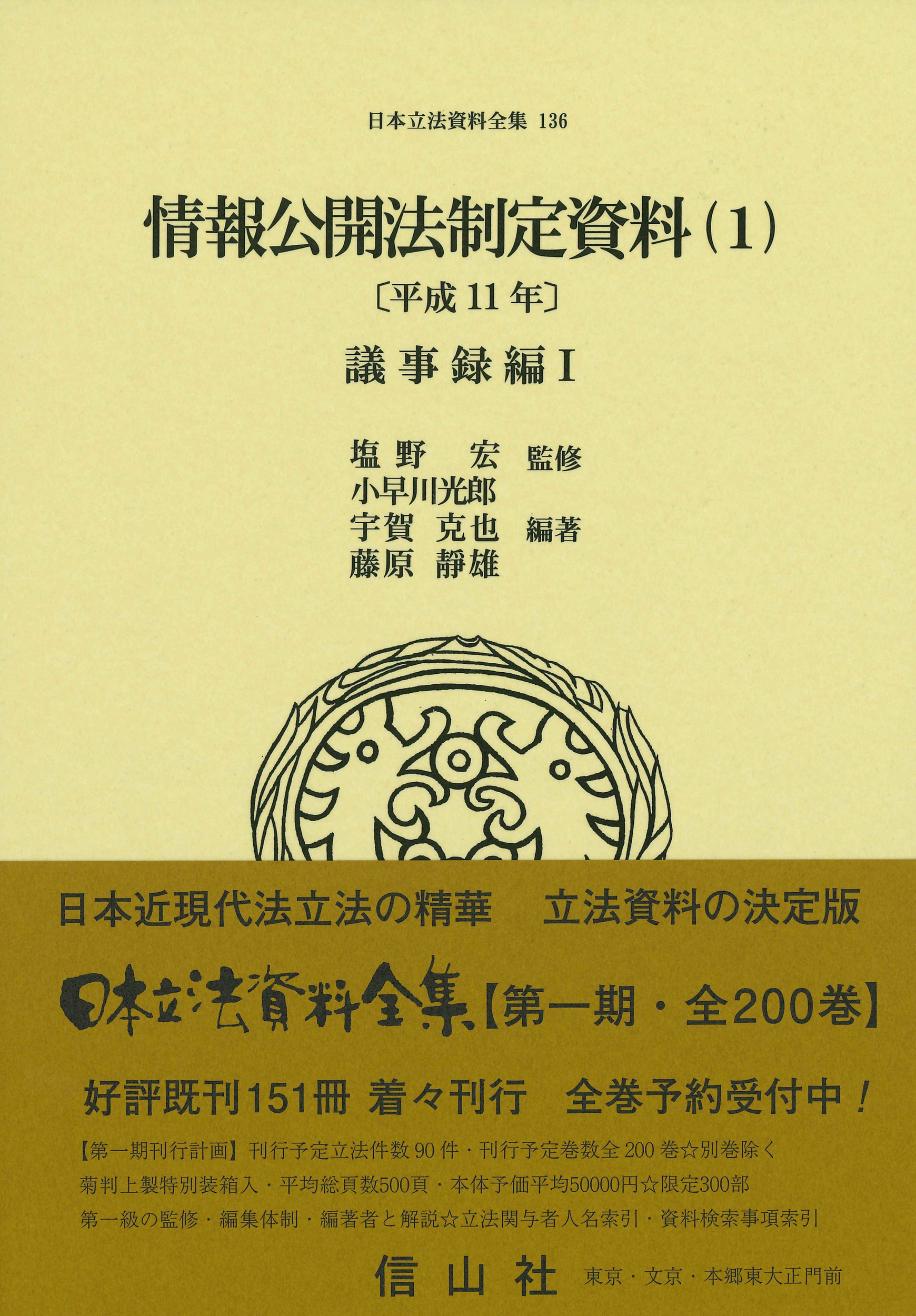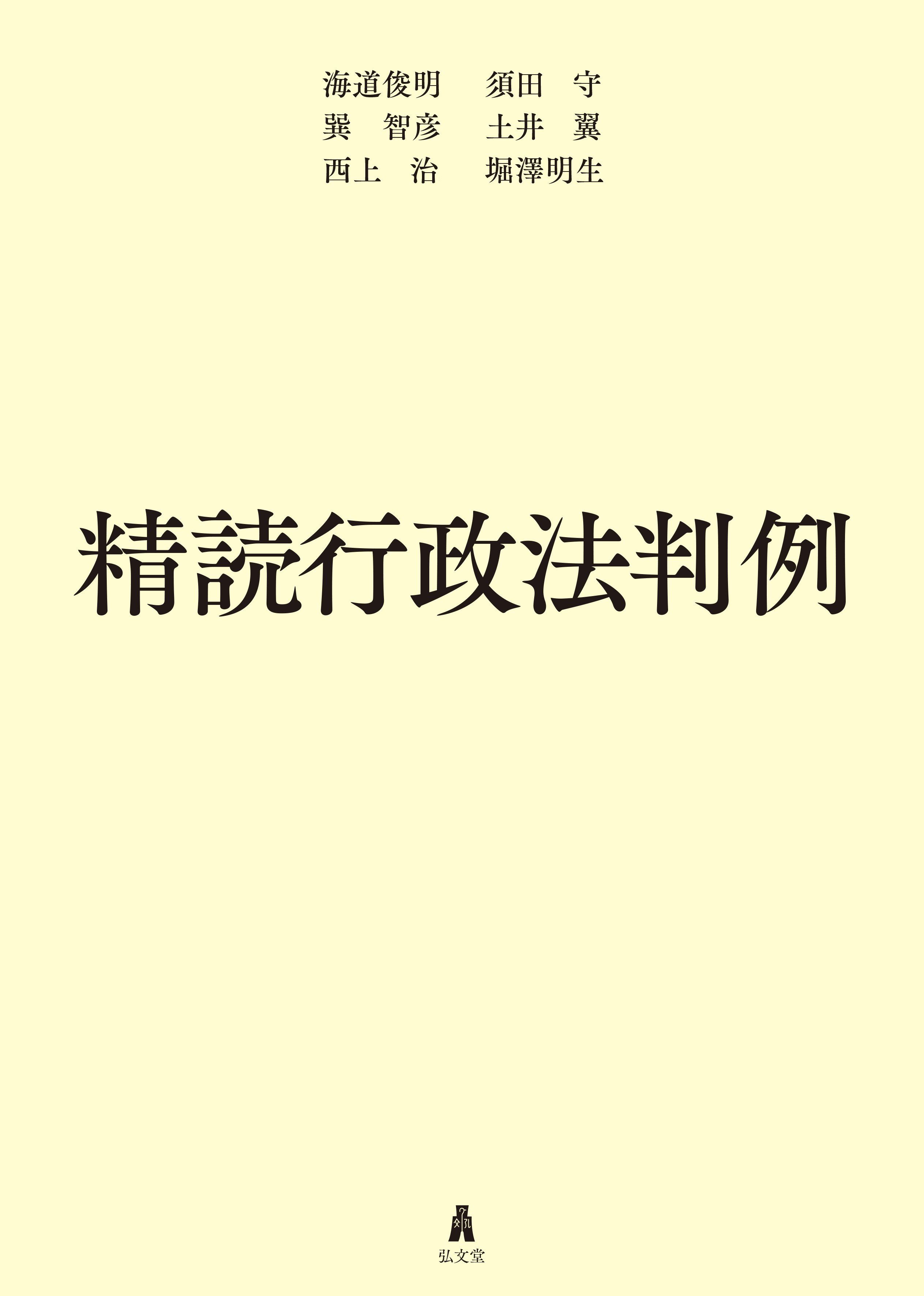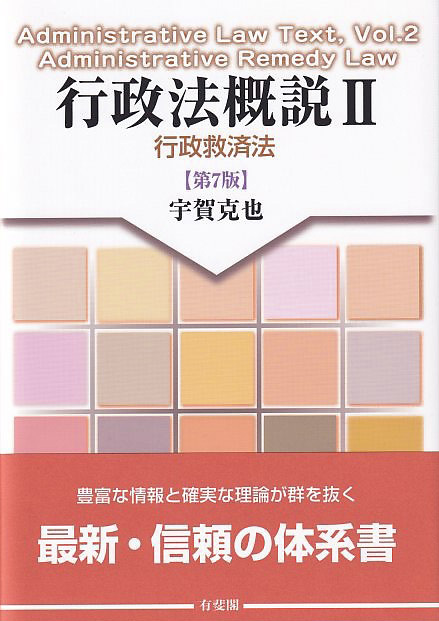
Title
Gyoseiho Gaisetsu II: Gyosei Kyusaiho (Administrative Law Overview II: Administrative Relief Law - 7th Edition)
Size
626 pages, A5 format, softcover
Language
Japanese
Released
March, 2021
ISBN
978-4-641-22803-0
Published by
Yuhikaku Publishing Co., Ltd.
Book Info
See Book Availability at Library
Misc.
the 5th edition was published in April 10, 2015
Japanese Page
One of the primary characteristics of this book as a systematic overview of administrative relief law is the visibility it provides with a unique perspective on that system of law. Traditionally, the system of administrative relief law was covered by the Administrative Dispute Act and the State Compensation Act, with the Administrative Dispute Act further divided into administrative appeals and litigation, and the State Compensation Act divided into governmental tort liability and loss compensation, with further debates on the “valley of state compensation.” The strong point of systematic thinking on state compensation lies in promoting an awareness of the existence of a “valley of government compensation,” and in the efforts of interpretation and legislation in filling that valley. At the same time, the systems of the Administrative Dispute Act and the State Compensation Act are means for ensuring the rule of law; in this regard, an awareness of differentiating the nature of these systems from loss compensation is extremely important. From that perspective, treating the function of governmental tort liability as simply monetary compensation for losses is just one aspect, and the functions of illegal declaration and the (indirect) exclusion of illegal circumstances that reinforces the rule of law should also be considered. This is related to an understanding of the significance of illegality in Article 1 of the Governmental Tort Liability Act and simply viewing the illegality in the Civil Code Tort Act in the same light raises issues by diluting the function of the rule of law in the Governmental Tort Liability Act. On a related note, this text is also the first to observe that the Supreme Court’s decision in the Ashibetsu case, often regarded as an indicator of “theory of standards for government duties,” was caused by disparities in requirements for the activation of public power in the process of arrest, prosecution, and handing down a decision, and to indicate that Ashibetsu should not be positioned as a leading case in “theory of standards for duties.” In addition, the records of book surveys, including the US National Archives, for information on the legislative process undertaken for the Governmental Tort Liability Act, and the results of that analysis are noted in the book. With regard to the individual liabilities of civil servants, negative, restrictive affirmative, and affirmative theories are in conflict with each other, even though this book analyzes criticisms from the restrictive affirmative and affirmative theories to the negative theory in detail and upon examining their relevance, specifically advances the idea that individual liability for civil servants can be affirmed under any conditions. As for Article 3 Paragraph 1 of the Governmental Tort Liability Act, the book’s aim is to present more detailed arguments for differentiating external payments and internal cost sharing. In addition, because the national government and public organizations have a responsibility to consider safety, the book presents a liability relationship based on this obligation and the governmental tort liability. With regard to loss compensation, the book maintains “an overview for guidelines for compensating losses in the acquisition of public land” and explains certain points in a fair amount of detail. This is because, even though these may be voluntary acquisitions, purchases of public land under pressure of expropriation rights should not be overlooked even from the standpoint of administrative law. Moreover, the book notes that tax incentive measures should be considered when examining issues of state compensation.
(Written by UGA Katsuya, Professor, Graduate Schools for Law and Politics / 2017)



 Find a book
Find a book


 eBook
eBook